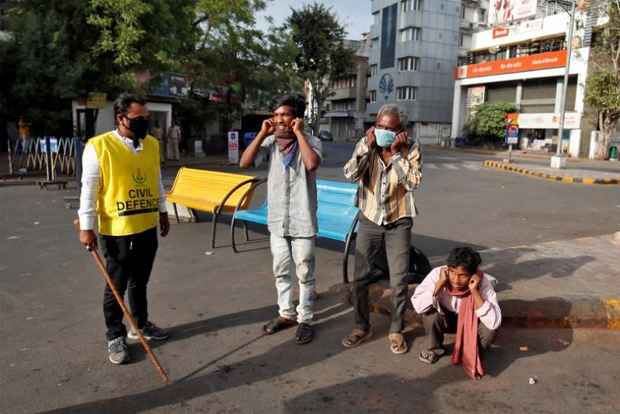Begin typing your search...
Tentative steps towards relaxation
The relaxation of the lockdown that will kick in after April 20 has been designed by the Centre, keeping a few things in mind.

Chennai
With the Rabi harvest under way, the need for decreasing the restrictions on allied activities in the agriculture sector was imperative to secure uninterrupted supplies and prevent sudden shortages – vital given the current levels of social and economic distress. The decision to push ahead with the MGNREGA scheme is significant, and here it is important that this programme is scaled up considerably so that enough money reaches those who are at the bottom of the economic pyramid. It is imperative that ways are found to compensate loss of livelihoods for casual labourers and migrant labourers, and the MGNREGA scheme offers a critical opportunity of giving effect to something that is necessary in these times – putting money in the hands of those who need it.
That electricians, plumbers, mechanics and carpenters have been given the option to ply their trade will provide huge relief to a vital cog in the country’s service sector – the self-employed. How the relaxation provided to industries in special economic zones and in industrial townships outside the limits of corporations and municipalities will kick-start the economic engine will be worth a watch.
The relaxation will apply to a sizeable number of factories and the challenge here will be to restart their operations in a calibrated manner by dealing with the issue of labour supply and by gauging demand and overcoming supply bottlenecks, if any. That the country’s vibrant IT and IT-enabled services sector has been permitted to work with 50 per cent strength is an easing, in formal terms. But since a large part of this work takes place remotely, it is likely that many IT companies will continue to rely with the work-from-home model and avail of the 50 per cent strength in a staggered manner.
The Centre has made it clear that it reserves the right to pull the plug on this relaxation if things take a turn for the worse and if the spread of the coronavirus in certain areas is not adequately checked. If these first few steps are the beginning of further easing, then the damage to the economy may be considerably less than what is estimated in some quarters. But the bald fact is that any such relaxation carries an inherent risk – that of putting more people at risk of infection and, in the worst-case scenario, laying the ground for the inception of community-level transmission of the virus. The good thing is that these measures are only temporary and may be summarily withdrawn. Even as we move ahead, we are aware that we may have to move back.
Visit news.dtnext.in to explore our interactive epaper!
Download the DT Next app for more exciting features!
Click here for iOS
Click here for Android
Next Story



